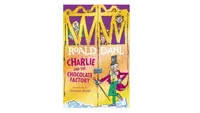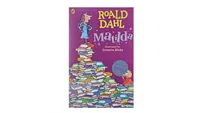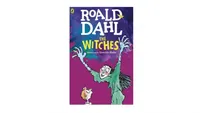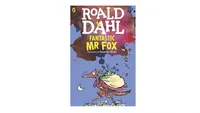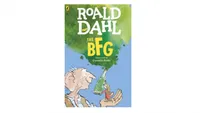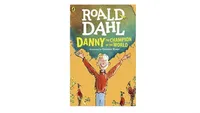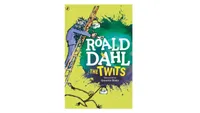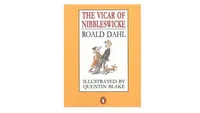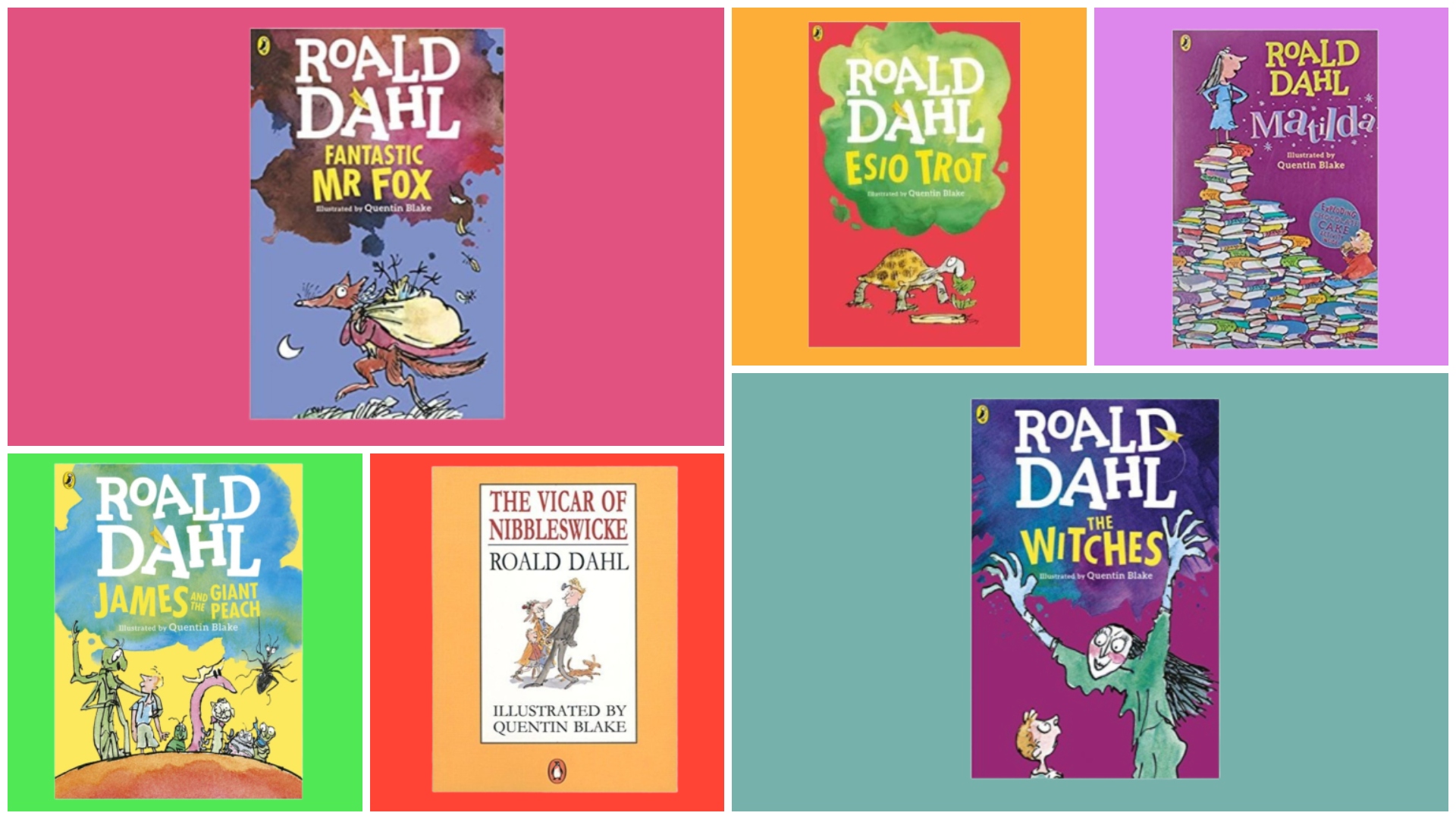

Roald Dahl is one of the best-selling children’s authors of all time having sold approximately 250 million books worldwide - which makes our job of rounding up the top ten of the best Roald Dahl books pretty darn difficult.
However, we’ve decided to rise to the occasion because, thanks to a certain pandemic, we need all the entertainment we can get at the moment.
In the list below, you’ll find the classics we all know and love combined with a couple of more obscure options that will hopefully give you something new to read.
So, whether you’re just here for nostalgia’s sake, or are actually looking for books to read (or revisit) as a family - all, of course, with the charming illustrations by Quentin Blake
Here are the best Roald Dahl books we all need to read at least once in our lifetimes.
- Looking for extra entertainment at the moment? Here are the best LEGO sets and best coming-of-age novels to keep you (and the family) busy for a weekend or two
- And, when you're done with those, try our pick of the best jigsaw puzzles
Best Roald Dahl books of all time
SOMETHING MISSING FROM OUR SHORTLIST?
Tell us about it, and if enough people agree we'll add it in.
Get exclusive shortlists, celebrity interviews and the best deals on the products you care about, straight to your inbox.
As a Staff Writer at Shortlist, Holly dabbles in a bit of everything. Having started her career as a news reporter, she has since decided to return to the world of the living.
